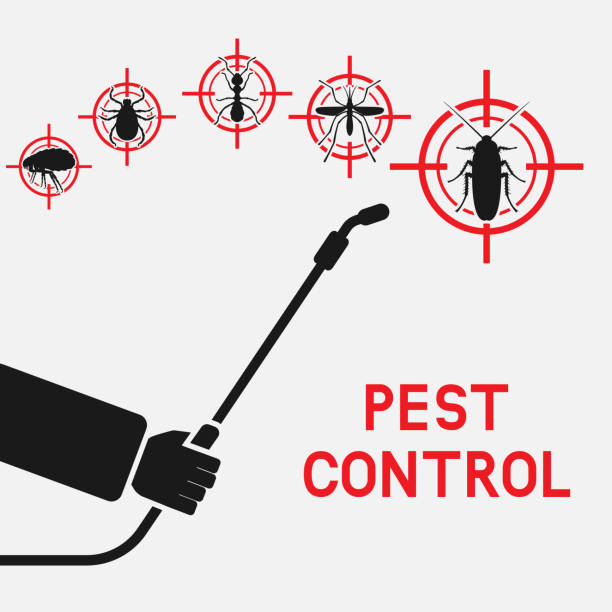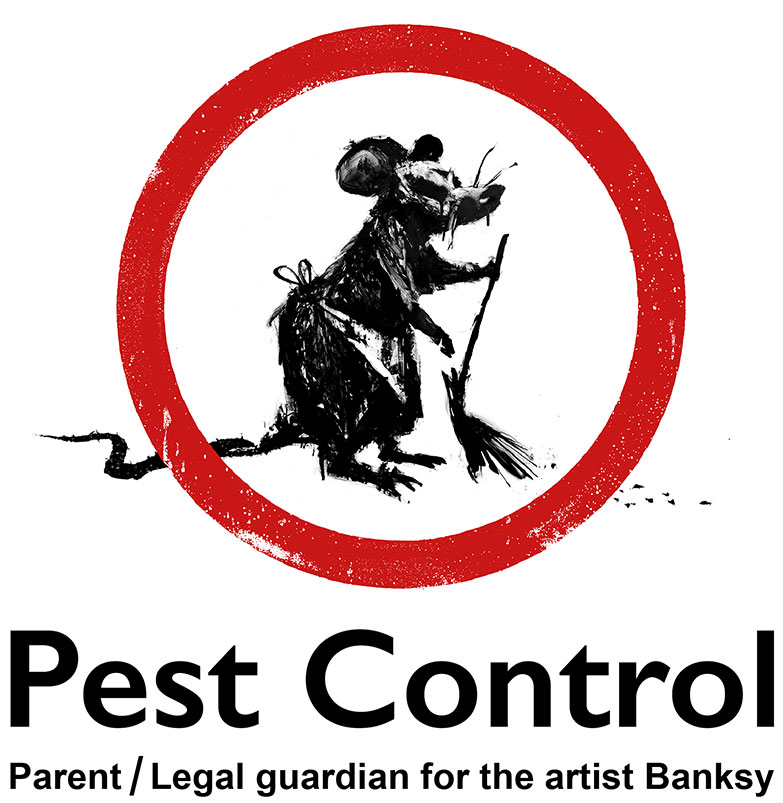Assured Satisfaction with Expert Services from Pest Control Lockhart
Checking Out Problem and Treatment Approaches on the planet of Parasite Control
The landscape of bug control incorporates a myriad of obstacles, specifically as problems of typical household insects proceed to progress. Recognizing the behaviors and reproductive patterns of these hassles is crucial for establishing reliable treatment approaches. By integrating preventive actions with sophisticated management methods, such as Integrated Pest Administration (IPM), homeowners can better safeguard their settings. The efficiency of these methods might differ significantly based on specific conditions. What underlying factors add to the success or failure of these strategies in various settings?

Usual House Vermin
When it comes to handling our space, recognizing usual home insects is essential. These insects not only disrupt our convenience but can also position health dangers and damage residential property. The most common house pests include ants, roaches, rats, termites, and bed insects.
Ants, commonly seen foraging in cooking areas, can infect food and establish big swarms. Roaches, recognized for their strength, can set off allergic reactions and spread microorganisms. Rodents, including computer mice and rats, can create structural damage and carry diseases like hantavirus and salmonella. Termites, often referred to as "quiet destroyers," can compromise the stability of wood structures, leading to costly repair work. Bed pests, although not disease providers, can create significant discomfort through their bites and cause psychological distress.
Identifying the indications of these bugs, such as droppings, nests, or attack marks, is vital for very early treatment (Pest Control Lockhart). Proper sanitation methods, securing entrance factors, and preserving a clutter-free environment work preventative procedures. By identifying these common home parasites and understanding their habits, home owners can take aggressive actions to mitigate infestations, ensuring a much healthier living environment
Recognizing Bug Infestations
Parasite invasions can escalate rapidly, turning a minor aggravation right into a significant trouble if not dealt with promptly. Common elements contributing to problems consist of inadequate cleanliness, structural susceptabilities, and seasonal changes that drive pests indoors.
Identifying the sort of insect is necessary, as different species exhibit different habits and reproductive rates. Rats might develop nests in surprise locations while bugs like roaches thrive in wet environments. Early detection usually pivots on recognizing indicators such as droppings, chomp marks, or uncommon sounds, which can show a trouble prior to it comes to be serious.
Ecological conditions also play a crucial role in insect expansion. Cozy, humid environments can promote the fast development of parasite populations, while changes in landscaping or building and construction can inadvertently develop conducive settings. For that reason, routine assessments and preventative procedures are paramount to reducing the threat of invasions. An enlightened method to understanding these characteristics lays the foundation for efficient pest monitoring strategies in the future.
Treatment Methods and Strategies
Effective treatment approaches and strategies are important for mitigating pest problems and recovering a safe atmosphere. A diverse technique is usually best, integrating chemical, organic, and mechanical strategies customized to the details insect and the severity of the invasion.
Chemical treatments include making use of pesticides and herbicides, which can efficiently remove pests. Correct application and adherence to security standards are essential to lessen threats to humans and non-target microorganisms. Integrated Bug Monitoring (IPM) motivates the sensible use chemicals as a last option, relying instead on surveillance and limit degrees to determine treatment demands.
Biological control techniques include presenting natural killers or parasites to lower insect populaces. This approach is significantly preferred, particularly in farming settings, as it promotes environmental sustainability.
Mechanical approaches, such website here as catches and obstacles, give instant relief from parasites without presenting chemicals. Choices include sticky traps for pests or physical barriers for rats.
Eventually, the selection of treatment method should take into consideration the details bug, the atmosphere, and potential effect on human health and ecological communities. A well balanced combination of these methods can properly handle infestations while promoting lasting bug control services.
Safety Nets for Homes
Proactively addressing bug issues before they rise is important for preserving a healthy home setting (Pest Control Lockhart). Carrying out efficient safety nets can considerably lower the chance of infestations, inevitably securing both your building and wellness

Proper landscaping also plays an important duty in prevention. Keeping bushes and trees trimmed away from your home decreases the opportunities of pests locating their method indoors. In addition, make sure that drain systems are working successfully to avoid standing water, which can draw in insects and various other pests.
Last but not least, regular evaluations are advisable. Frequently looking for indications of bug activity permits for early intervention. By taking on these preventative procedures, home owners can create an atmosphere that is much less friendly to insects, thus boosting their overall lifestyle and decreasing the demand for extensive bug control treatments.
Commercial Pest Control Strategies
A detailed strategy to business insect control is necessary for services intending to keep a risk-free and hygienic environment. Effective techniques include a mix of regular inspections, worker training, and the application of Integrated Bug Monitoring (IPM) practices.
Normal inspections enable very early detection of bug activity, enabling timely intervention. Organizations ought to develop a regular timetable for these analyses, focusing on high-risk locations such as kitchen areas, storeroom, and garbage disposal websites. Worker training is just as vital; staff ought to be informed on the signs of bug infestations and the relevance of reporting them promptly.
Executing IPM techniques assists reduce pest problems sustainably. This consists of environment modification, such as sealing entrance points and minimizing mess, in addition to utilizing natural deterrents prior to considering chemical therapies.

In addition, collaborating with a licensed parasite control company ensures accessibility to specialist knowledge and pop over to this site sophisticated treatment alternatives. This collaboration can lead to personalized parasite control prepares tailored to the specific needs of the company, reducing dangers and boosting overall efficiency. Ultimately, a proactive and informed approach cultivates a pest-free environment, guarding both public health and organization online reputation.
Final Thought
Finally, effective visit the site parasite control demands an extensive understanding of common home parasites and their actions, combined with targeted therapy techniques. Implementing safety nets alongside therapy methods such as Integrated Insect Monitoring and organic control improves the ability to reduce infestations. Normal assessments and a combination of chemical and mechanical options even more add to preserving pest-free settings. Ultimately, a well-shaped strategy to pest management is vital for safeguarding living rooms from unwanted trespassers.